Worried your displays aren't sustainable? Choosing the right partner is tough. You need proof they care about the planet, just like you do.
Certifications like FSC and SFI are crucial. They prove a manufacturer uses materials from responsibly managed forests. This ensures your cardboard displays are eco-friendly, appeal to consumers, and meet corporate social responsibility goals, giving you complete peace of mind.
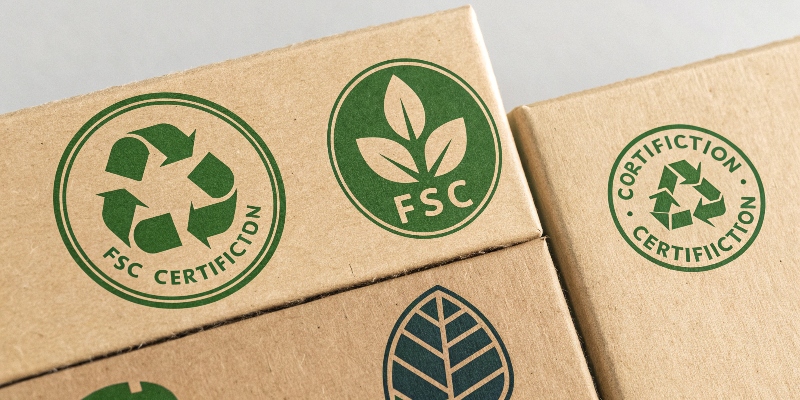
This seems straightforward, but there is more to it than meets the eye. I've been in this industry for 16 years, and I've seen how these certifications impact everything from material quality to brand reputation. It's not just about putting a logo on a box. Let's dig into what these certifications really mean for your business. We'll see why they should be a major factor when you select a manufacturing partner.
What is FSC certified cardboard?
Want to prove your commitment to sustainability1? You see the FSC2 logo everywhere. But what does it actually mean for your cardboard displays3?
FSC-certified cardboard comes from forests managed to high environmental, social, and economic standards. The Forest Stewardship Council (FSC) ensures the wood pulp is sourced responsibly, protecting wildlife, workers' rights, and local communities.
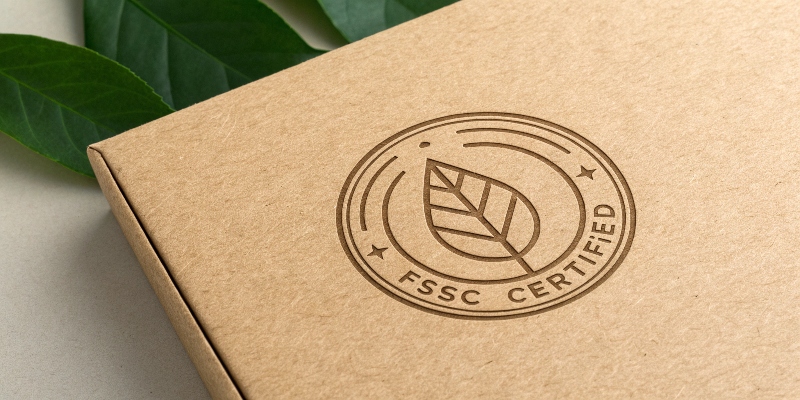
When a designer like Peter comes to me with a new project, one of the first things we discuss is materials. The conversation often turns to sustainability. The FSC certification is more than just a sticker; it's a guarantee that runs deep. It's about a "chain of custody4." This means that from the forest to the factory floor, every step is tracked and audited. This ensures the final product is genuinely from a sustainable source.
The Three FSC Labels
Not all FSC certifications are the same. There are three main labels you'll see, and it's important to know the difference.
| FSC Label | Meaning | Best For |
|---|---|---|
| FSC2 100% | All material comes from FSC-certified forests. | Projects needing the highest level of assurance. |
| FSC Mix5 | A mixture of material from FSC-certified forests, recycled material, and controlled wood. | A balance of sustainability1 and cost-effectiveness. |
| FSC Recycled6 | All material is from reclaimed or recycled sources. | Projects focused on circular economy and waste reduction. |
Why It Matters in Production
I remember working on a large retail campaign for a major European brand a few years ago. They were very specific: every single display had to be FSC Mix certified. It was non-negotiable. For them, it was part of their brand promise to their customers. Making sure our supply chain was fully compliant was a challenge, but it built tremendous trust. We proved we could deliver on that promise, and it showed them we shared their values. This is why having these systems in place is so important for a manufacturer.
What is the difference between FSC and SFI7 certification?
Confused by different eco-labels? You see FSC and SFI, but they look similar. It's easy to get them mixed up and choose wrong for your project.
The main difference is their origin and standards. FSC is an international non-profit with globally recognized environmental and social standards. SFI (Sustainable Forestry Initiative) is primarily a North American standard, originally created by the timber industry and very popular there.
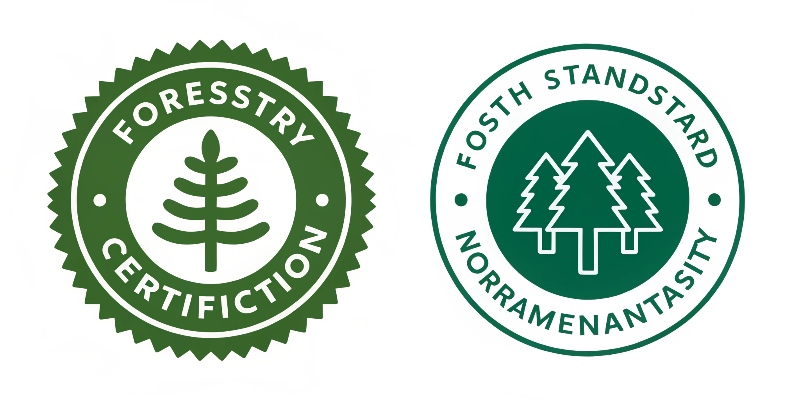
Picking the right certification can depend heavily on your target market and brand identity. I always tell my clients to think about where their product will be sold and what their customers value most. Both FSC and SFI are credible standards that promote responsible forestry8, but they were developed by different groups and have some key differences in their approach. Understanding these can help you make a more informed decision for your display designs.
Governance and Key Differences
The governance structure is a big differentiator. FSC is a global organization with input from environmental groups, social organizations, and businesses. SFI, on the other hand, is an independent non-profit but was started by the American Forest & Paper Association.
Here’s a simple breakdown of some key differences in their standards:
| Feature | Forest Stewardship Council (FSC) | Sustainable Forestry Initiative (SFI) |
|---|---|---|
| Origin | International, multi-stakeholder group | North America, started by the forest products industry |
| Old-Growth Forests | Generally prohibits harvesting in old-growth forests9. | Allows for some harvesting with special management practices. |
| Chemical Use | Strictly limits the use of hazardous chemical pesticides. | Restricts some chemicals but is generally more permissive. |
| Global Recognition | Considered the "gold standard" globally, especially in Europe. | Very strong recognition and use in the USA and Canada. |
Which One Is Right for You?
So, which one should you choose? If you're designing a display for a product that will launch internationally, especially in Europe, I'd strongly recommend FSC. Its global recognition is unmatched. However, if your market is exclusively in North America, SFI is a fantastic, well-respected choice that is widely available and understood by consumers and retailers there. The most important thing is that you're choosing a certified source.
Why might consumers choose to buy products with the FSC certified logo?
Want your displays to connect with customers? Today's shoppers are smart and care about sustainability. An overlooked logo could cost you a sale.
Consumers choose FSC-certified products because the logo is a trusted symbol of environmental and social responsibility. It tells them the product supports forest conservation10, wildlife protection, and ethical treatment of workers11, aligning with their personal values.

I've seen this shift happen in real-time over my 16 years in the business. In the past, cost and design were the only things that mattered. Now, sustainability is a huge part of the conversation. A simple logo can be a powerful tiebreaker for a customer standing in a store aisle. It’s a silent salesperson for your brand, communicating your values without saying a word. This is especially true for younger generations who actively seek out brands that share their commitment to a better world.
Building Trust and Transparency
The FSC logo acts as a third-party endorsement. It’s not just your brand saying it’s sustainable; it’s a globally respected organization backing you up. This instantly builds trust. Customers don't have time to research every company's supply chain. They rely on these shortcuts to make good choices quickly. When a designer like Peter incorporates that logo into the artwork for a display stand, he’s not just adding a graphic element; he’s adding a layer of credibility that resonates deeply with conscious consumers.
The "Halo Effect" on Your Brand
There's a well-known "halo effect12" that comes with using sustainable materials13. When a customer sees that you care enough to use FSC-certified cardboard for your displays, they assume your entire brand operates ethically. I worked with a startup in the organic snack industry. They put the FSC logo prominently on their new counter displays. Their feedback was amazing. Customers emailed them specifically mentioning it, and their retail partners loved it. It reinforced their brand's natural, healthy image and helped them stand out in a crowded market.
What is SFI certification?
Heard of SFI but not exactly sure what it is? It's another crucial certification in the paper industry. Ignoring it might limit your material options, especially in America.
SFI, or the Sustainable Forestry Initiative, is a North American forest certification standard. It ensures that wood and paper products come from well-managed forests, focusing on practices like quick reforestation, protecting water quality, and conserving wildlife habitats.

While FSC gets a lot of the global spotlight, SFI is a powerhouse in the United States and Canada. Many of the largest landowners and paper mills in North America are SFI certified. As a manufacturer, this means SFI-certified material is often readily available and can be a very practical, cost-effective choice for projects based in this region. For a product designer, it presents another reliable path to creating sustainable displays that meet corporate responsibility goals.
Core Principles of SFI
SFI is built on a foundation of principles that go beyond just harvesting trees. It requires participants to invest in research, support their communities, and practice responsible forestry on their lands.
Key SFI Program Objectives:
- Prompt Reforestation: Certified organizations must reforest areas after harvesting.
- Water Quality Protection: They must manage their lands to protect rivers and lakes.
- Biodiversity Conservation: They must have programs to conserve wildlife habitats and biodiversity.
- Community Involvement: Participants are required to engage with local communities and Indigenous peoples.
SFI in the Cardboard Display Industry
I often work with American clients who have deep roots in their local communities. For them, choosing SFI-certified materials feels like supporting their neighbors. The SFI standard includes unique fiber sourcing rules that require participants to promote responsible forestry8 even on lands they don't own. This has a broad, positive impact. When I explain this to product designers, it helps them see that SFI isn't just a "lesser" version of FSC; it's a different, robust system with its own strengths, perfectly suited for the North American market. It gives them another great tool to design with.
Conclusion
Choosing a manufacturer with certifications like FSC or SFI is not just about compliance. It’s a smart, strategic business choice for your brand, your customers, and our planet.
-
Find out why sustainability is crucial for modern businesses and how it impacts consumer choices. ↩ ↩
-
Explore the significance of FSC certification in promoting sustainable practices and responsible forestry. ↩ ↩
-
Explore innovative ways to enhance the sustainability of cardboard displays in retail. ↩
-
Learn about the chain of custody and its importance in ensuring sustainable sourcing practices. ↩
-
Get insights into FSC Mix certification and its balance of sustainability and cost-effectiveness. ↩
-
Discover the advantages of using FSC Recycled materials for sustainable product design. ↩
-
Learn about SFI certification and its role in sustainable forestry, especially in North America. ↩
-
Learn about the key principles that define responsible forestry practices. ↩ ↩
-
Understand the ecological significance of old-growth forests and their protection. ↩
-
Discover effective practices for promoting forest conservation and sustainable resource management. ↩
-
Explore the significance of ethical labor practices in the manufacturing industry. ↩
-
Explore the halo effect and how it influences consumer perceptions of brands. ↩
-
Learn about the advantages of incorporating sustainable materials into product design. ↩


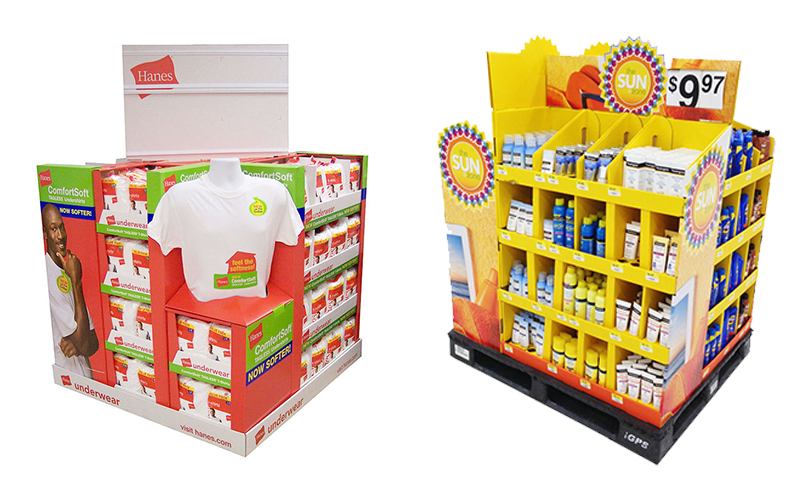
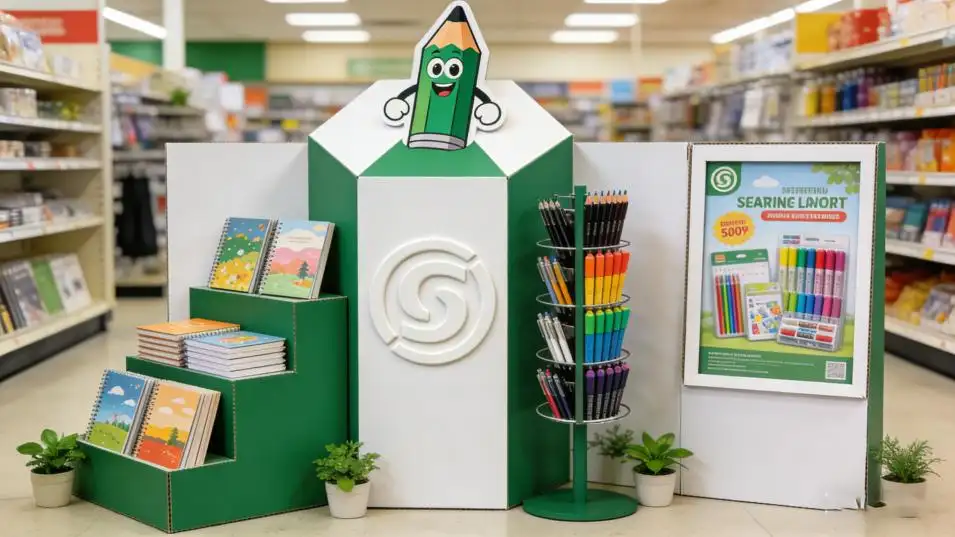

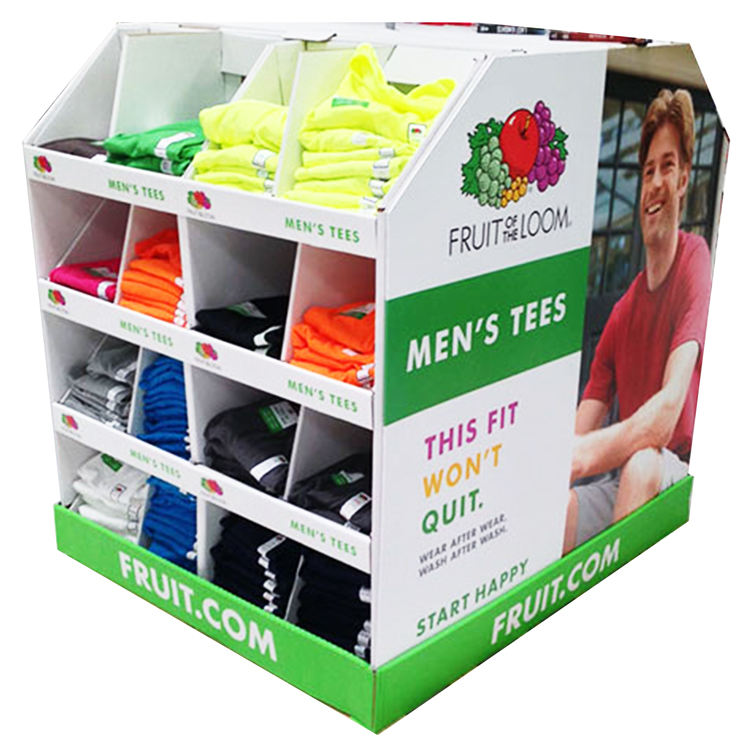
One Response